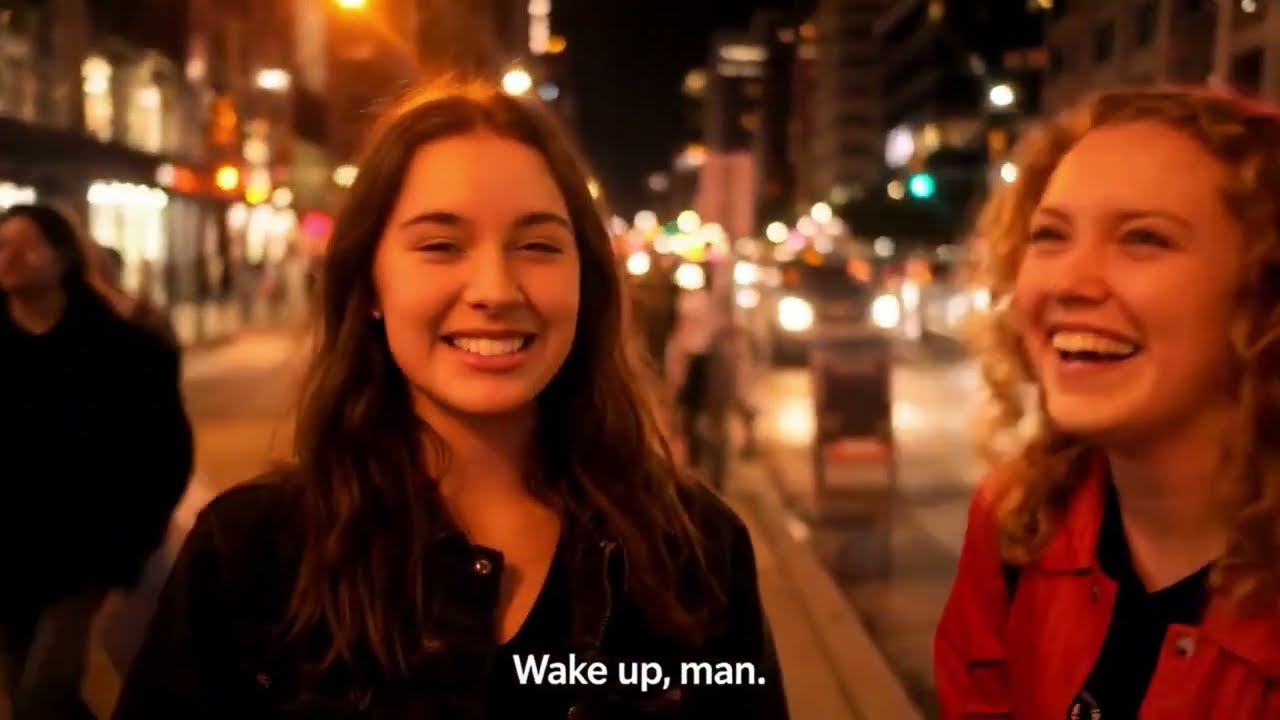The AI field had quite a summer. Over the past few months, OpenAI, Google, and others have been in competition to release new-and-improved models with updated capabilities and education-specific settings designed for tutoring.
The growth has been rapid enough that I’m having trouble keeping up with it all, not just as an educator but as someone who writes regularly about AI. The changes have been significant. So much so that I feel my understanding of the capabilities of AI at the end of last school year no longer applies this school year.
Here’s a closer look at the biggest AI developments I’ve seen, and the ones I think every teacher should know about.
1. GPT-5
The biggest news of the summer was probably OpenAI’s long-awaited release of GPT-5. The tool now powers ChatGPT, which is still the best-known AI option around. This tool is definitely more powerful than previous GPT versions, but as I wrote shortly after GPT-5 was initially released, it’s not immediately revolutionary, though I have not used it for coding where there have apparently been significant improvements.
Impact on education: So far I haven’t seen any capabilities that change its potential usefulness on administrative tasks or any wild new capabilities that will make it easier for students to use it to cheat. It’s a slightly better version of what we’ve all grown used to, but it is still something teachers should know about.
2. ChatGPT Agent Mode
More significant in my mind was the arrival of Agent Mode for ChatGPT. Though this feature, released in July, got somewhat lost in much of the hoopla surrounding GPT-5, which was released in early August, Agent Mode gives ChatGPT many heretofore unrealized abilities by allowing the chatbot to create a virtual browser and surf the internet. In this mode, ChatGPT can do helpful-but-also-scary things such as book hotel reservations, answer emails, conduct research, and then complete spreadsheets based on that research.
Impact on education: This has the potential to alter teacher and research workflows more significantly than other recently released tools. For example, a teacher looking for a new position might ask it to create a spreadsheet with every biology teacher position posted for a given region. On the other hand, there are many ways this could be used by students looking to have AI do all the work for them in violation of some academic policies.
3. Google’s Guided Learning
Both OpenAI and Google released education modes for their flagship AI chatbots over the summer. These tools joined Claude for Education, which Anthropic unveiled in the spring. All these teaching modes are designed to do more than just give answers. Instead, these are supposed to act as virtual tutors for students and encourage them to find the answers on their own with guiding questions. I haven’t had a chance to try Claude for Education, but I have tried ChatGPT’s Study Mode and Google’s Guided Learning. Both have impressive features, but Google’s approach wins out. Guided Learning integrates a series of education AI models from Google called LearnLM that was built for teaching from the ground up, instead of building a general model and prompting it for education.
Impact on education: Gemini’s Guided Learning Mode and the LearnLM model on its own are the best AI tutor with which I have interacted. It just asks better questions and has a fun, engaging style that is now my go-to when learning new tasks.
4. Google VEO 3
Released in late May, Google’s VEO 3 video generator is a big jump over other public-facing AI video creation technology I’ve tried. If you want to see just how good and terrifying this technology is, watch this YouTube video featuring real-seeming people coming to grips in various ways with the fact that they might have been created by prompts. Spoiler alert: the video was made entirely with AI.

Impact on education: Because of VEO 3’s steep subscription fee (access costs about $250 per month), its immediate impact on education may be minimal. That said, this technology is the wave of the future and could make deep fakes in the school setting more difficult to spot. On the bright side, there are also a bunch of fun and engaging lessons that could be designed using this type of technology, including prompting various historical events and seeing what the resulting video got right or wrong.


